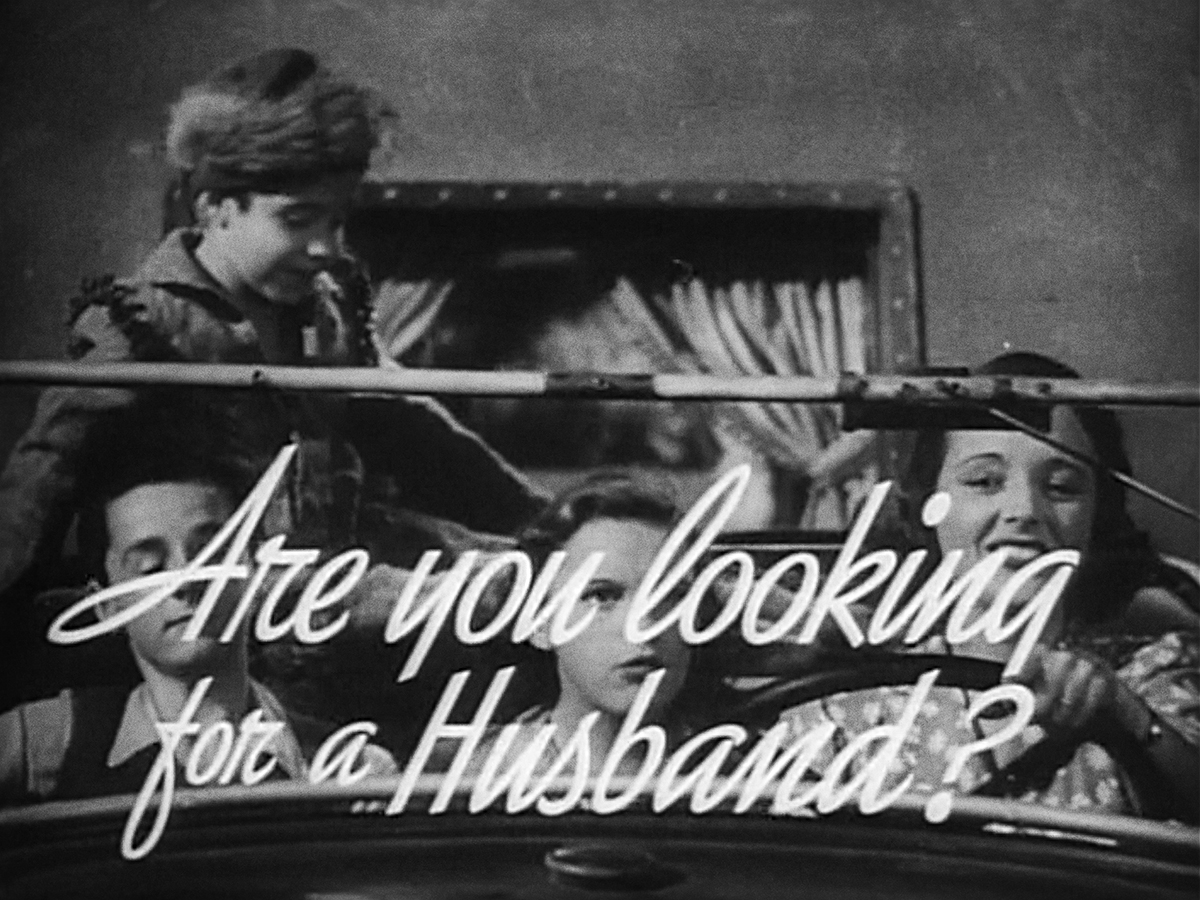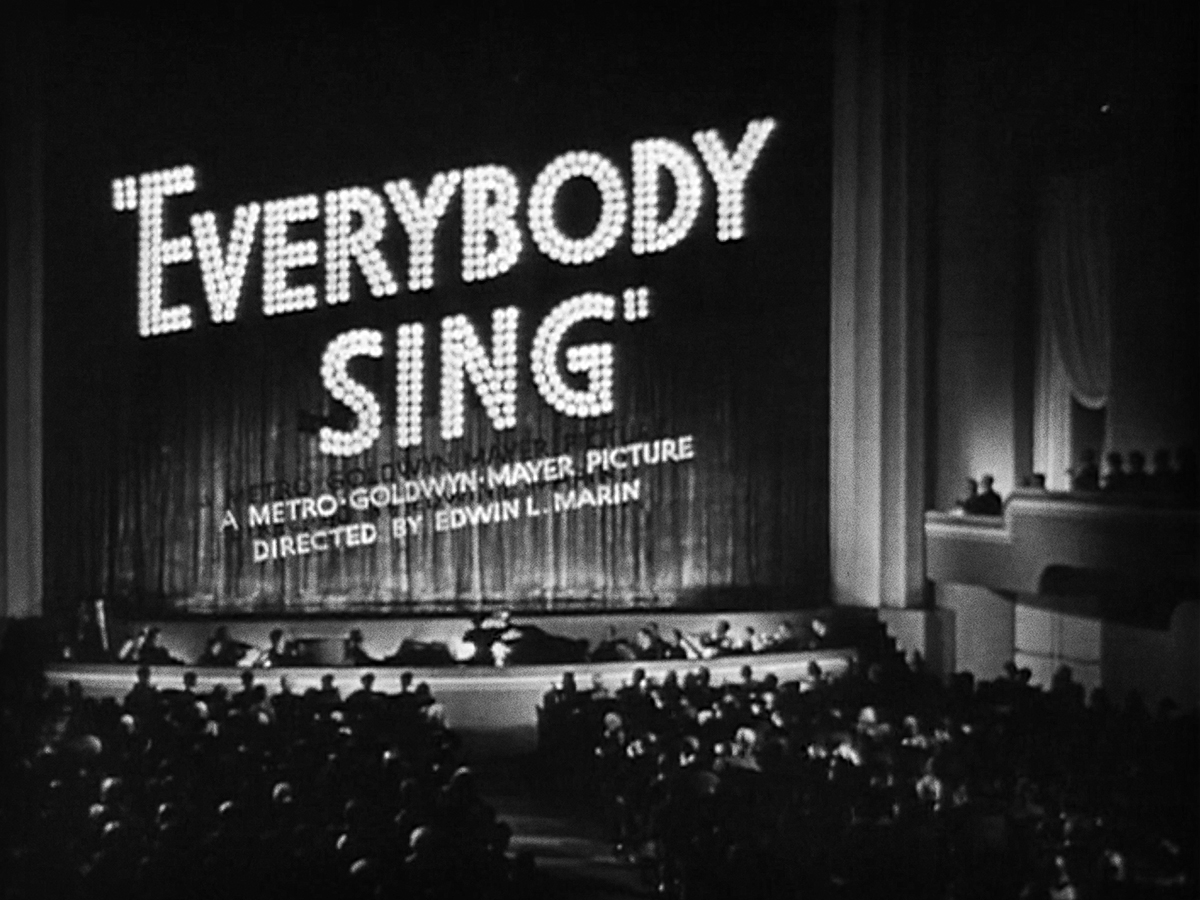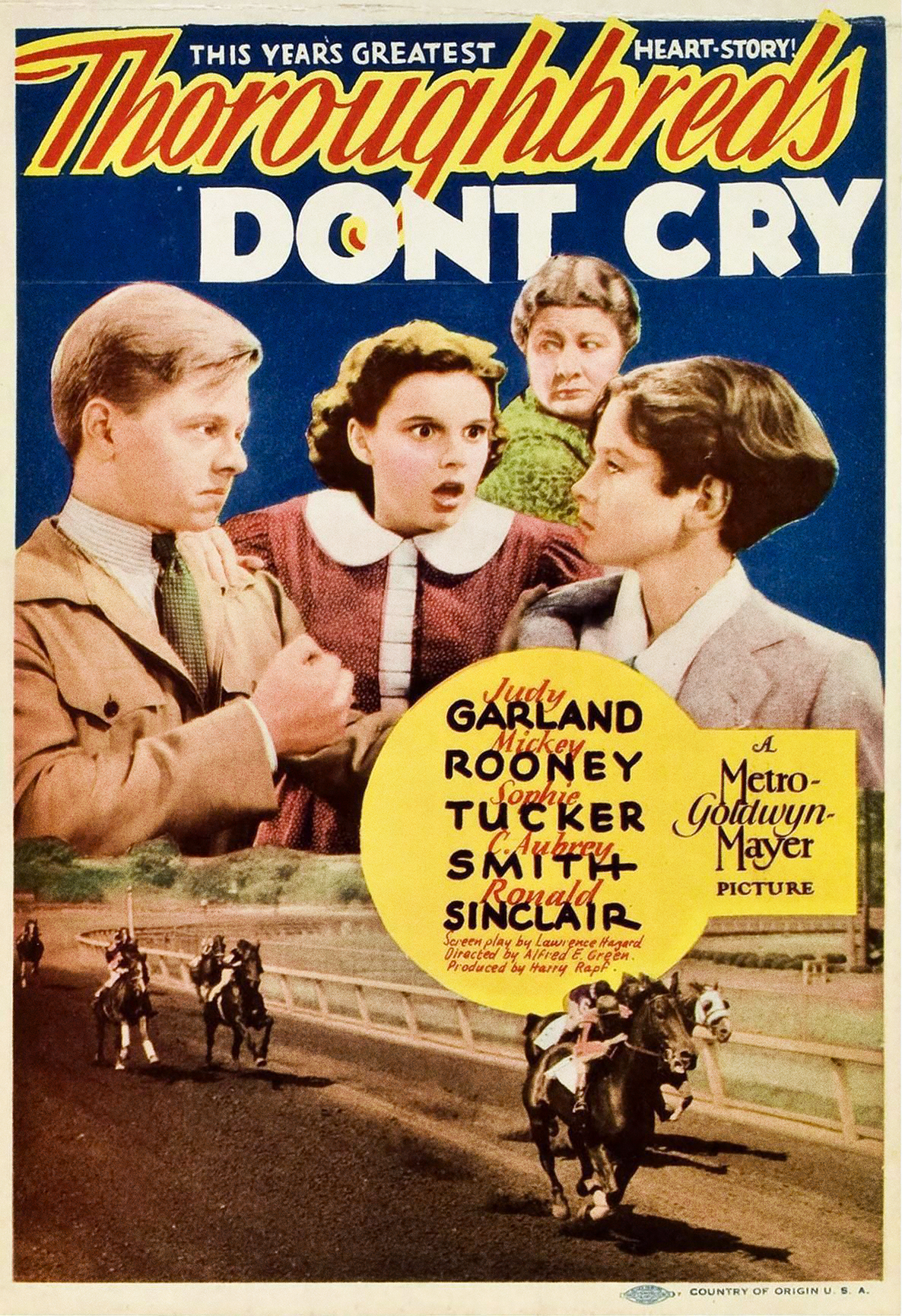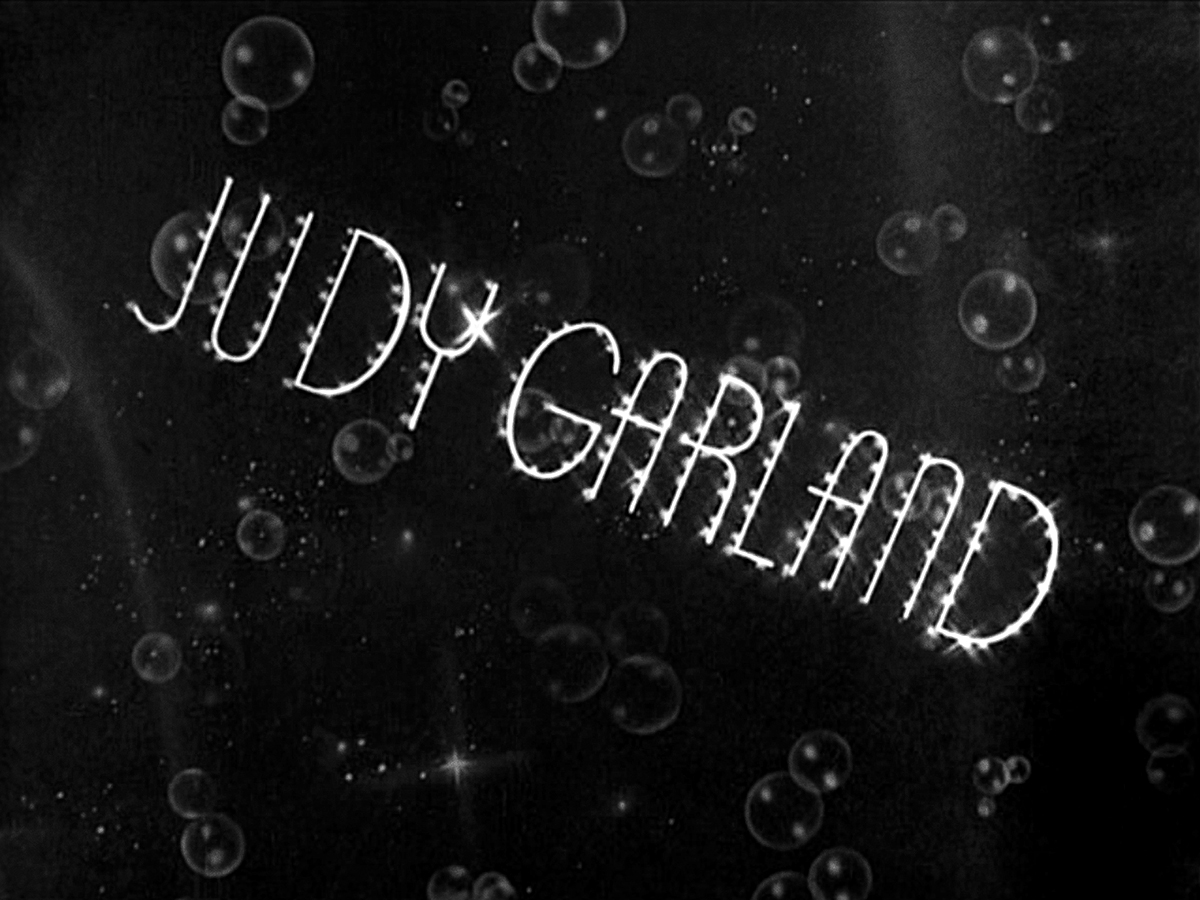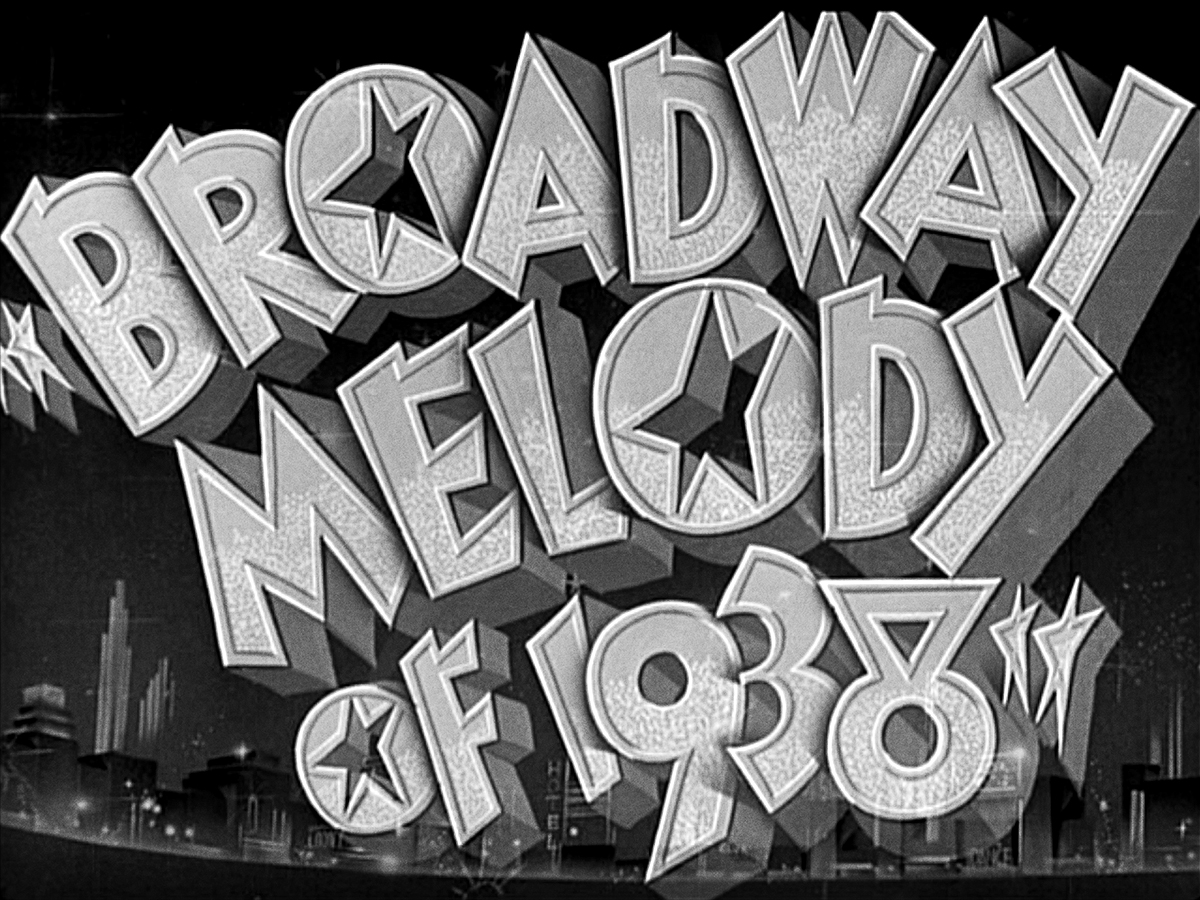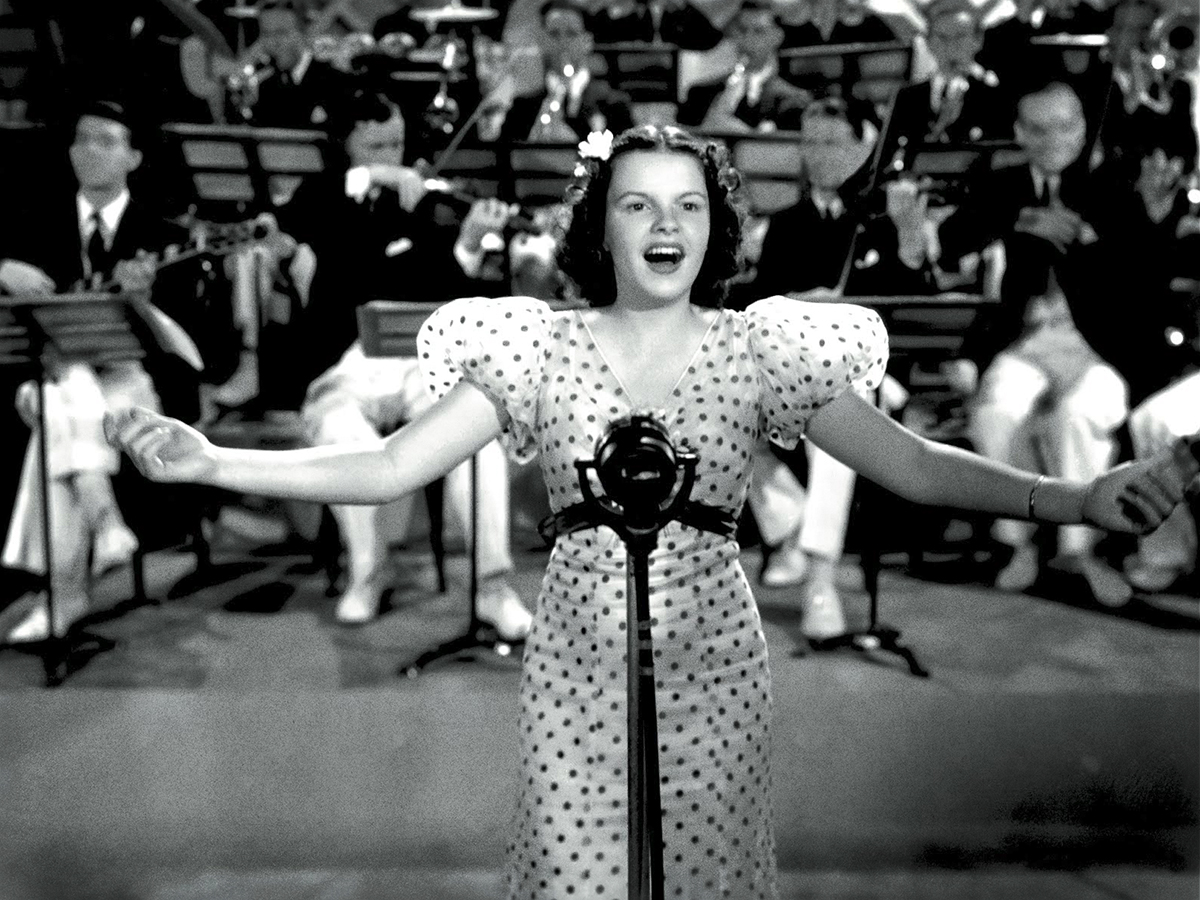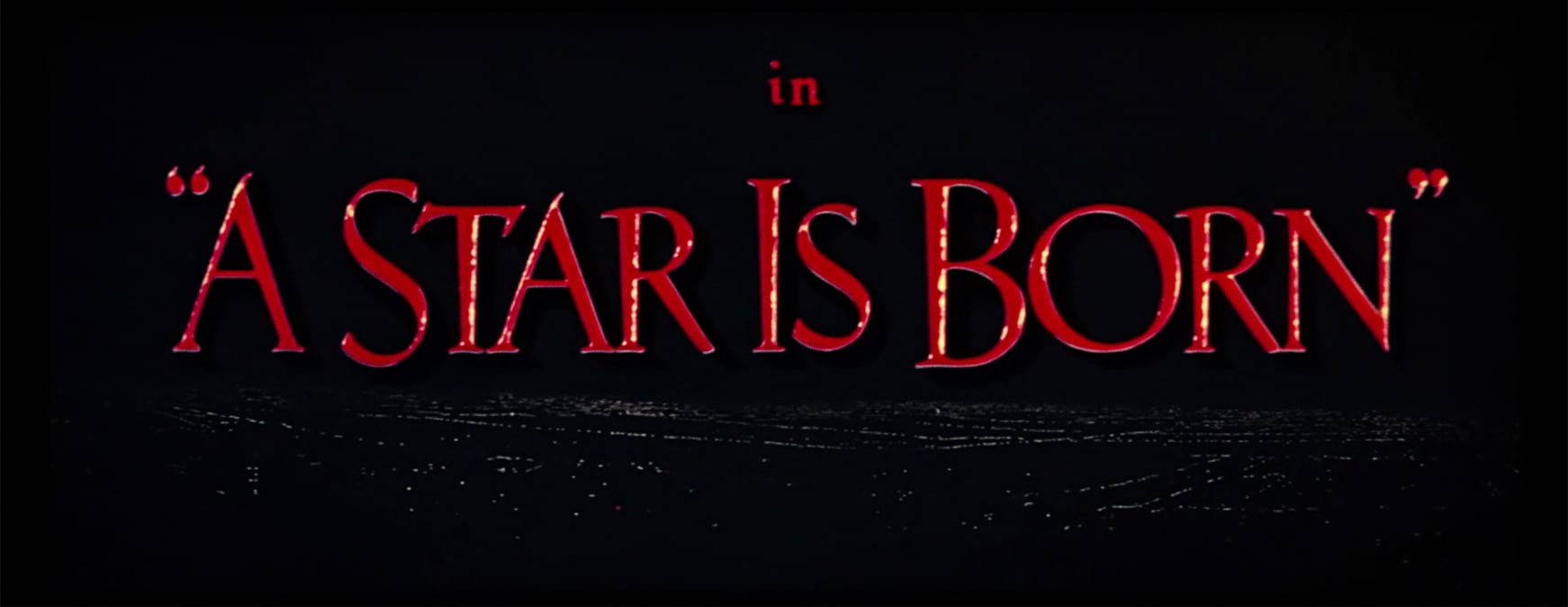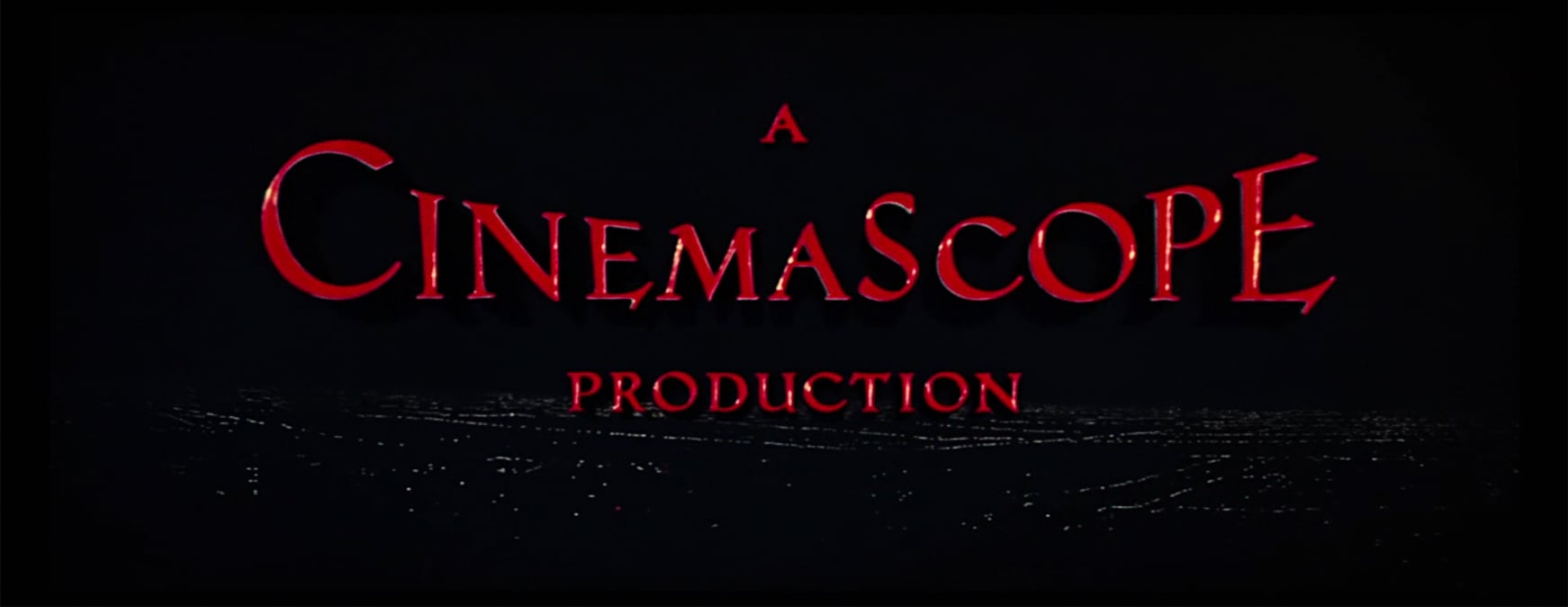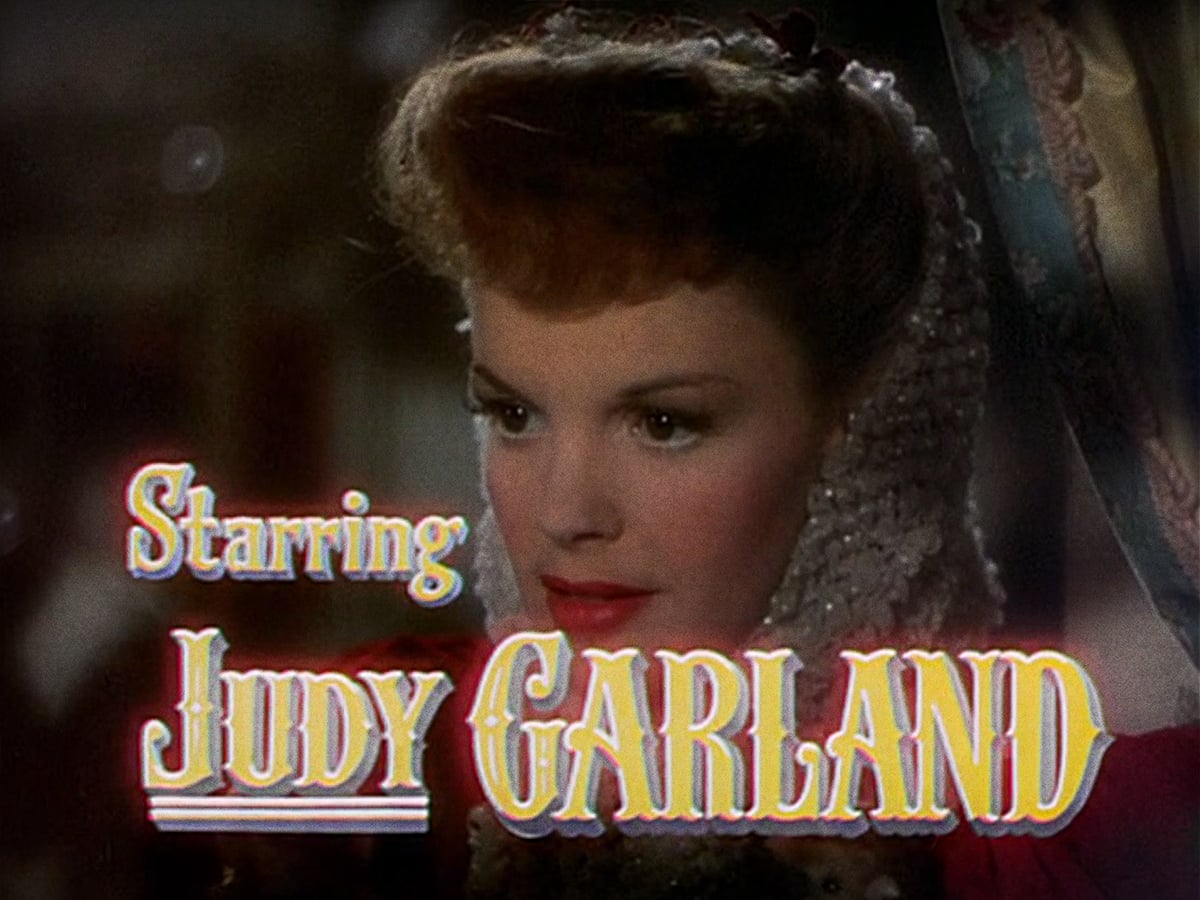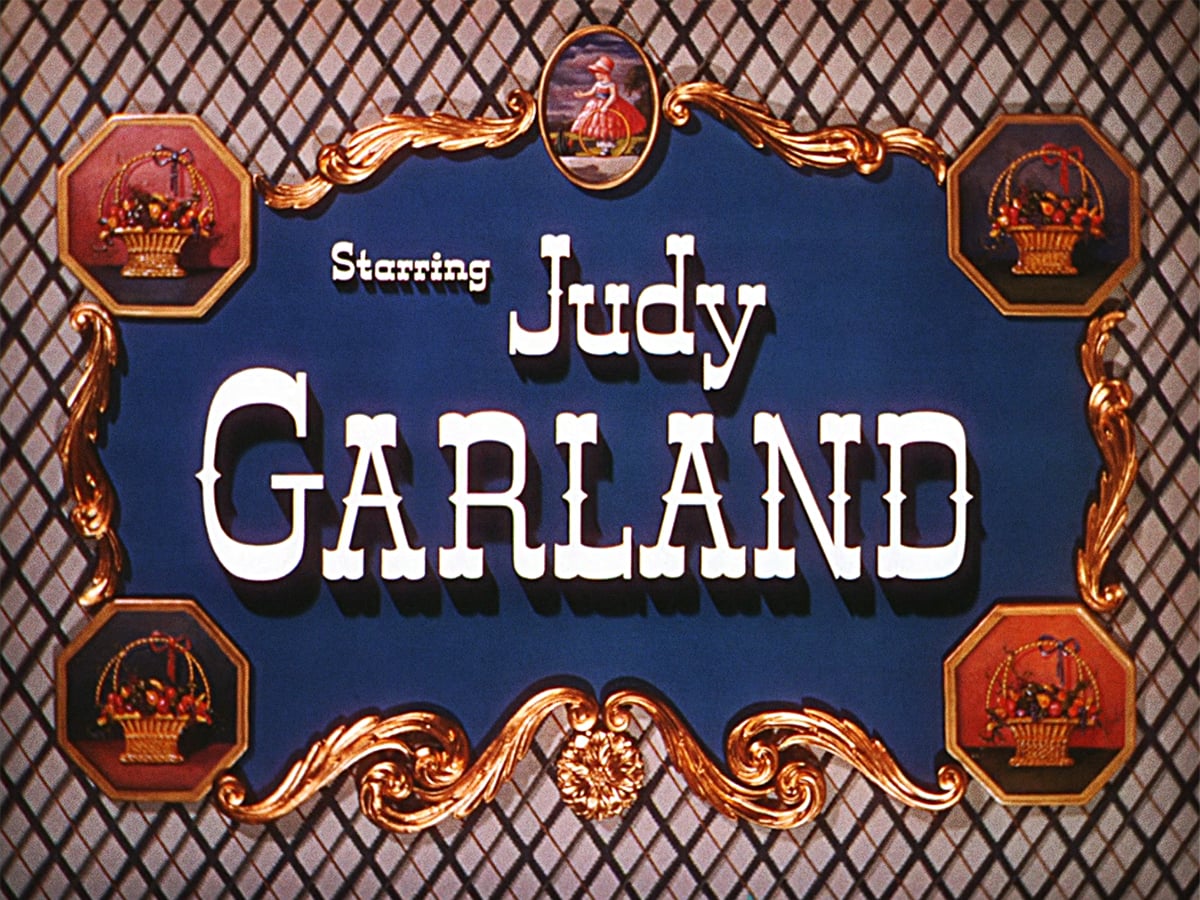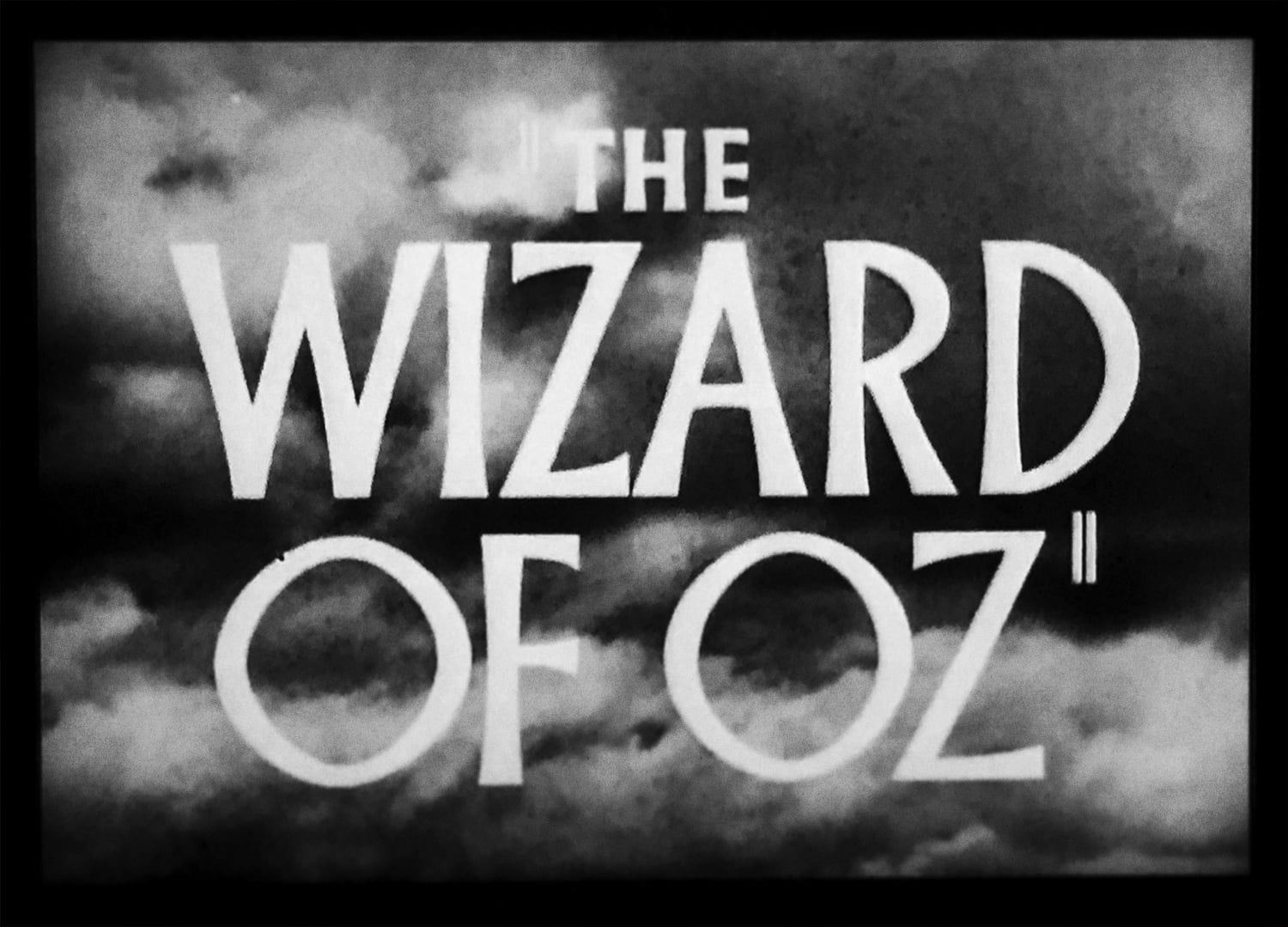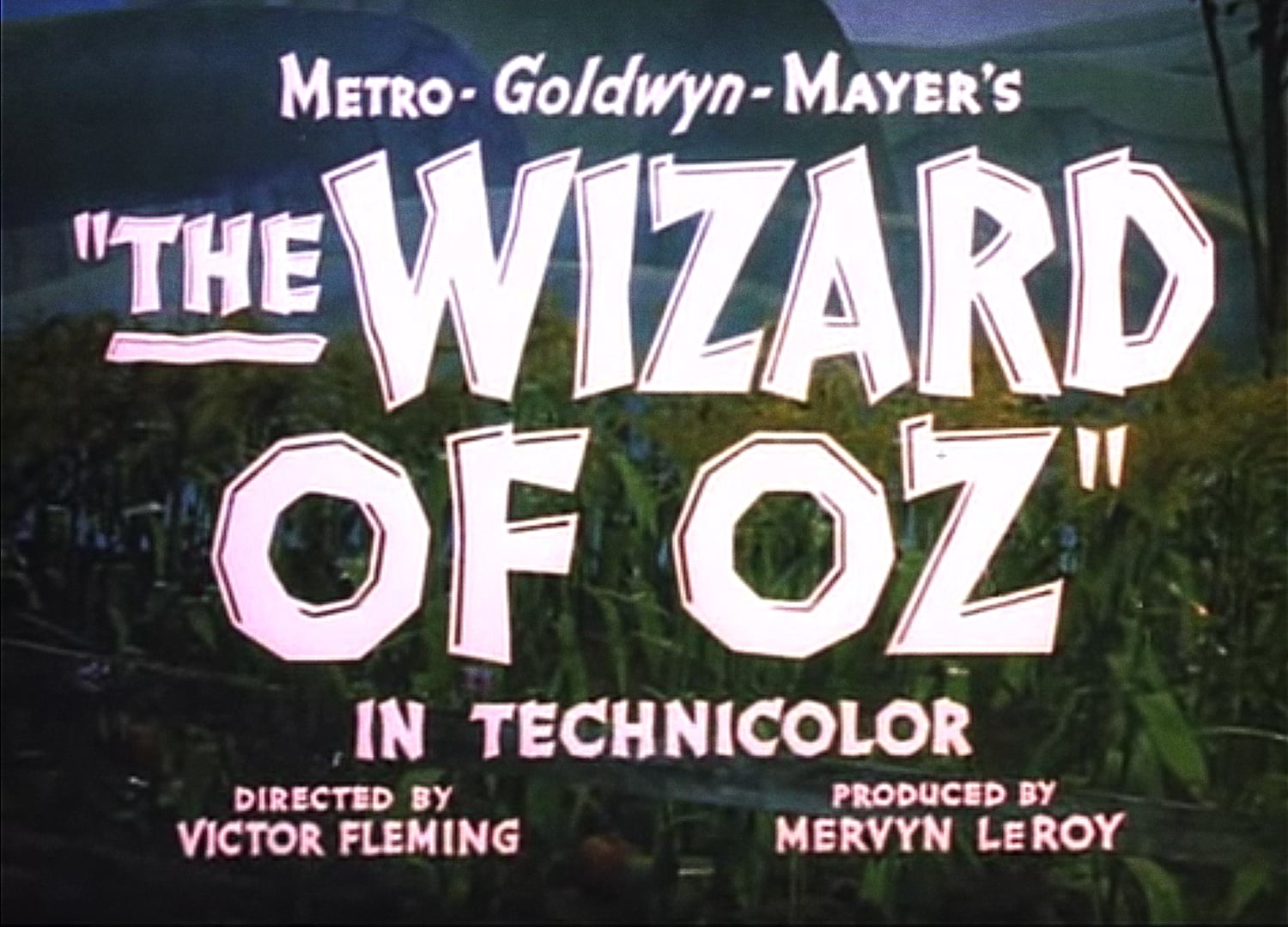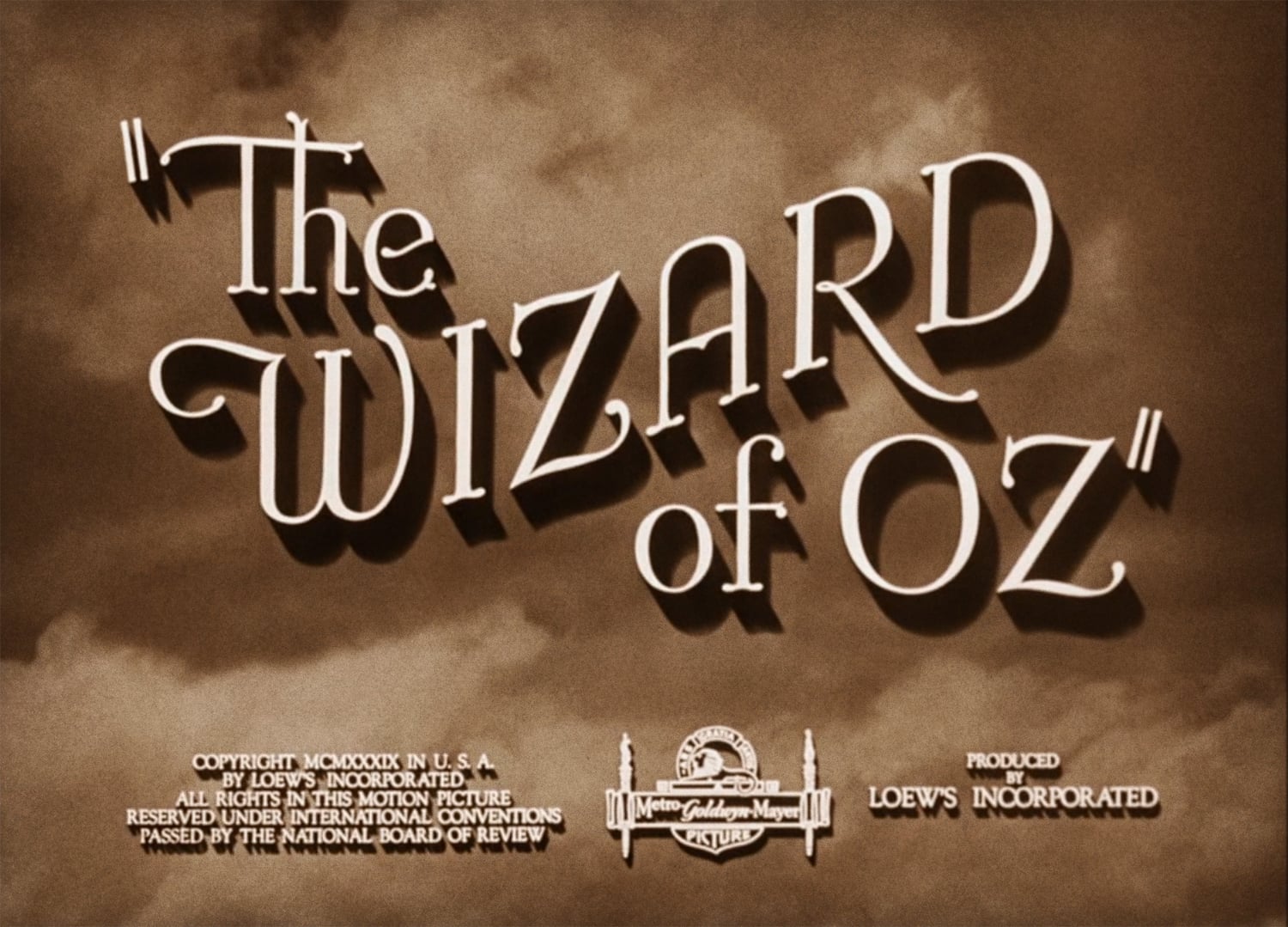“Are you looking for a husband? Let Judy and Freddie show you how to find one!” That’s the tagline for the next film in my series of Judy Garland films!
Judy was 16 and rehearsing for The Wizard of Oz when she made this film and it marks the first time that she sang, “Zing! Went the Strings of My Heart,” on screen, which would become one of the signature songs of her career. She sang it on a radio program in 1935, on the greatest night in show business history in 1961 at Carnegie Hall, and on her television show in 1963.
The main titles, below, contain this fun script and heart motif which remind me of Desilu and I Love Lucy.
For my piece, I referenced the fun deco script that was made for the theatrical trailer and the window of the family’s mobile home trailer. Yes, this is a romance where Judy and her family travel in their mobile home and all they want to do is to find a new husband for their darling mother who has terrible taste in men.
Here is the radio performance during The Shell Chateau Hour with Wallace Beery. On the night of the show's broadcast Judy was told that her father was seriously ill in hospital but had no choice but to go on and perform. This performance has an added intensity because of this. A radio was placed next to his bed so he could hear the broadcast. Her father died the next morning.
Here is the performance from The Judy Garland Show.
Here is the theatrical trailer for the film. Check out the bizarre advertisements in the newspaper!







